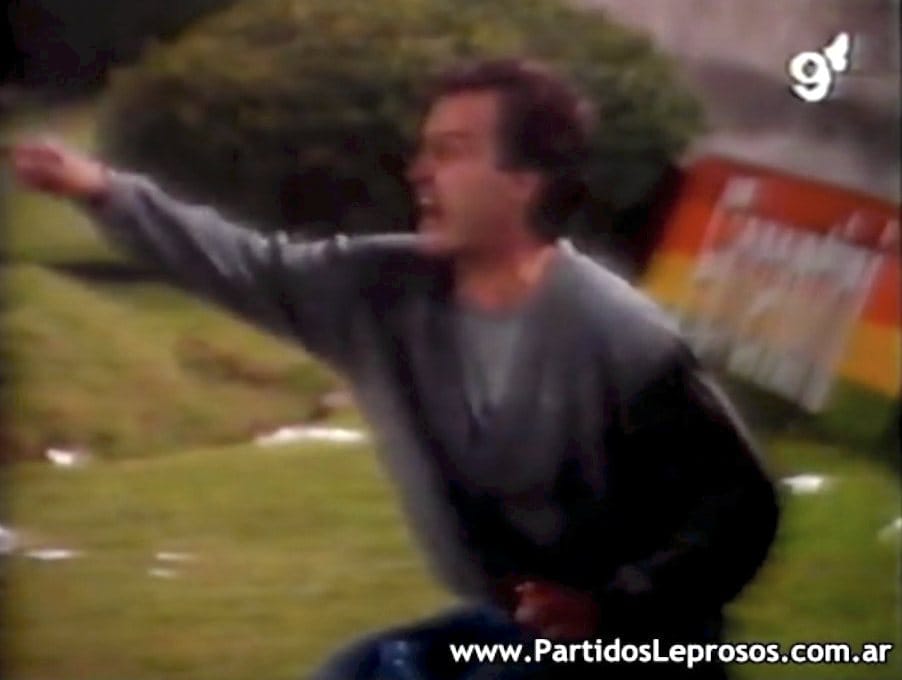Back to the feeling: Newell's Old Boys vs San Lorenzo, 1992
This is where Bielsa started, contemplating life, death and 3-3-1-3, while the helicopters whirled doom or glory around him.
The flocks of tactical breakdowns are almost as thick right now as the tales of actual breakdowns from planet Loco, but I've been looking for something a little bit more; I've been looking for helicopters.
Marcelo Bielsa made his name at Newell's Old Boys, graduating from coaching the youth teams to win the championship on a penalty shoot out, prompting a pitch invasion for the fans to hold their manager aloft, while a helicopter hovered dramatically and wonderfully over the stadium. Later, they renamed that stadium after Bielsa; I'm sure somewhere in Argentina there's a helicopter named after him, too.

Bielsa wasn't a genius at this point. Newell's didn't keep winning, and Bielsa plunged into despair, and when he plunges, he really does; after a 6-0 defeat to Santa Fe, “I shut myself in my room,” he said. “I turned off the light, closed the curtains, and I realised the true meaning of an expression we sometimes use lightly: ‘I want to die.’ I burst into tears. I could not understand what was happening around me. I suffered as a professional and I suffered as a fan.
“For three months our daughter was held between life and death,” he said later. “Now she is fine. Does it make any sense that I want the earth to swallow me over the result of a football match? The reasoning was brilliant, but nonetheless, my suffering from what had happened demanded immediate vindication.”
It was from that low point that Bielsa rose to become the genius that holds so many top coaches rapt, and has so many Leeds fans excited (and quite a few wondering what all the fuss is about). 3-3-1-3 was born from those tears, as was his last achievement with Newell's: reaching the final of the pan-South American Copa Libertadores.
So it's to the 1992 Libertadores that, wanting to learn more about Bielsa, I've turned first; to a match from the journey, against San Lorenzo, a quarter-final first leg played at the stadium that now bears Bielsa's name. In 1992, from the limited view the cameras allow, I declare this ground a shed. Growing out of a bucolic green space amid a dense urban grid, the concrete bowl with one covered stand was informally known as The Colossus in the Park before Bielsa gave it a name; it has since been extended, with two precarious tiers perched atop the old terraces. San Lorenzo are met by a sort of controlled chaos, the pitch covered with streamers from the stands, while our man Bielsa spends the first half observing the match while standing in a dugout that disguises him from the belt down; from the belt up he's wearing a pullover with a deep-v collar over a t-shirt. (From the belt down, we see later, he's wearing baggy blue jeans.)
To keep reading, please become a More to Read member
Leedsista is supported by Leeds fans who think decent writing about their football team is worth £3 a month.